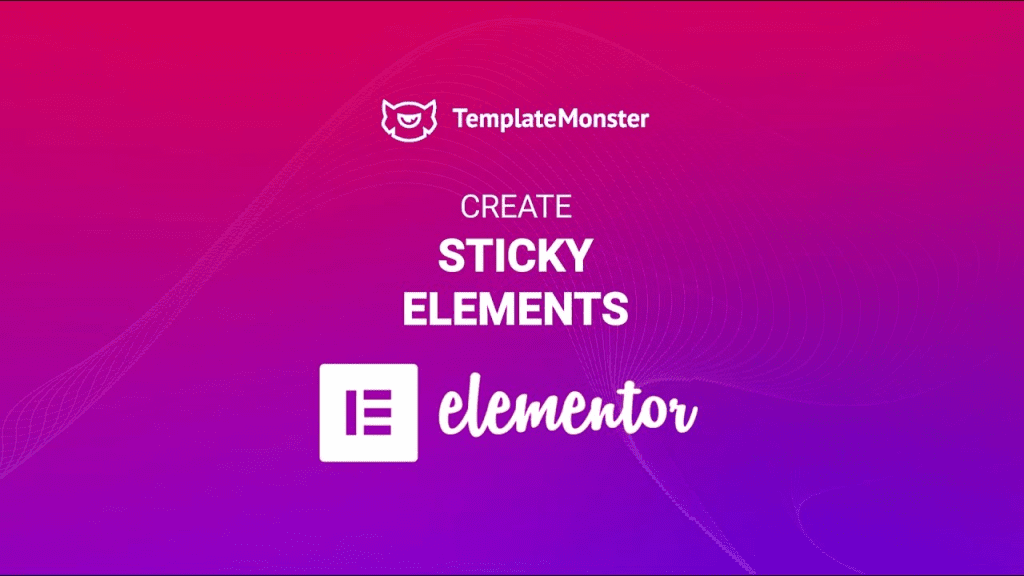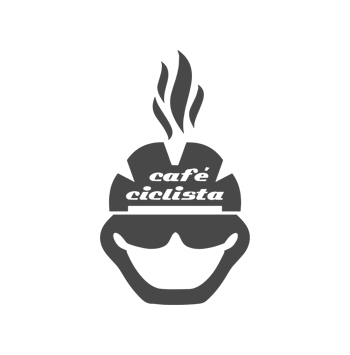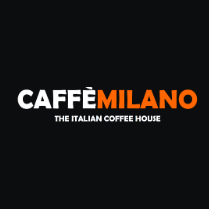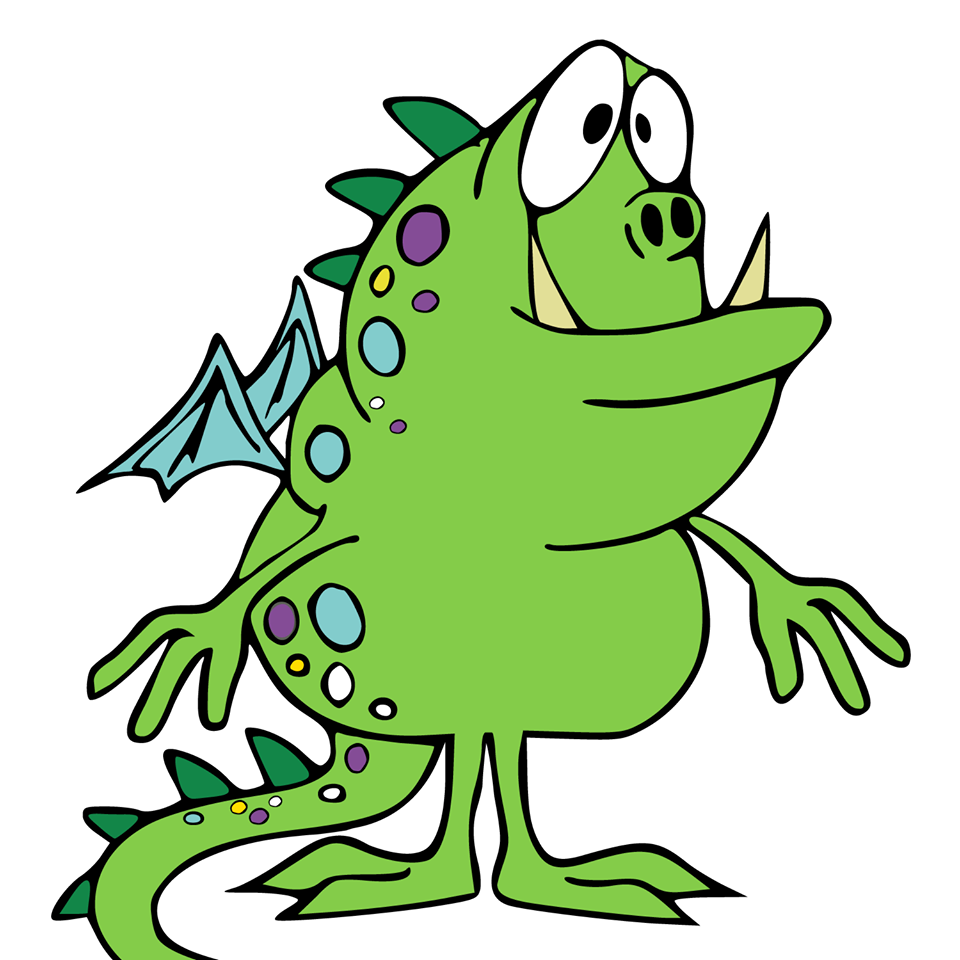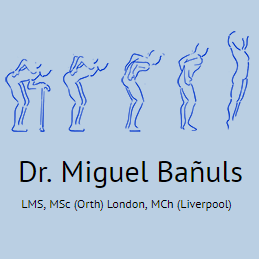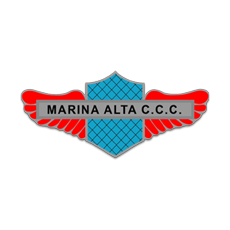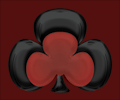Sticky elements have revolutionized web design by providing users with a seamless and efficient navigation experience. These design features ensure that critical components, like CSS sticky headers or JavaScript sticky sidebars, remain visible as users scroll through lengthy pages. This not only enhances usability but also allows for better interaction with content, promoting features like sticky navigation menus and responsive sticky elements that adapt to various screen sizes. Web designers can employ a variety of techniques to implement these sticky effects, making them essential for optimizing user engagement. By integrating effective sticky elements into your website, you can vastly improve the overall user experience, making navigation intuitive and accessible.
When discussing persistent web components, one might refer to them as fixed or anchored elements that enhance user interfaces. These dynamic features are essential in modern web navigation, ensuring that menus and key information stay in view regardless of scroll position. With the rise of lengthy content pages, incorporating responsive sticky elements has become a crucial practice for web developers. By harnessing CSS for sticky headers or leveraging JavaScript for sticky sidebars, you can create a more engaging and user-friendly environment. In essence, these techniques not only optimize the layout but also provide a smoother browsing experience for visitors.
Introduction to Sticky Elements
As modern web design evolves, the demand for efficient user navigation grows. Sticky elements have emerged as a powerful solution for improving usability on lengthy web pages. By keeping important site features like menus and social sharing buttons visible even as users scroll down, sticky designs enhance accessibility and interactivity in both desktop and mobile experiences.
The effectiveness of sticky elements lies in their ability to minimize user frustration associated with lengthy navigation paths. This is particularly crucial on mobile devices, where users are often scrolling through much larger content areas. Utilizing a combination of CSS and JavaScript allows web designers to implement these sticky features seamlessly, ensuring they serve the user’s needs while maintaining the site’s aesthetic appeal.
Benefits of Sticky Navigation
One of the most prominent benefits of sticky navigation is its ability to provide constant access to key website functions. Sticky headers or sidebars serve as anchors on a page, allowing users to jump back to different sections without having to scroll back up. This not only enhances the overall experience but also guides users through the content efficiently.
Moreover, sticky navigation contributes to branding efforts by keeping the site’s logo and core elements visible at all times. This creates a familiarity as users navigate through the site, which can increase engagement and retention rates. When users feel comfortable with the site’s layout, they are more likely to explore and interact with the content presented.
Creative Uses of Sticky Design
While sticky elements are often associated with headers and menus, their versatility allows for various creative applications. For instance, sticky sidebars can be used to display related content, advertisements, or social media links, keeping them always within reach. This clever use of space not only maximizes visibility for important features but also elevates user engagement as they navigate.
Additionally, implementing sticky sections on specific parts of a webpage can highlight critical information or announcements. For example, when scrolling through a blog post, sticky quotes or call-to-action buttons can remind readers of key messages or prompts, enhancing the overall narrative without diverting their attention from the main content.
Exploring Snippet Examples
The beauty of sticky elements lies in their simplicity and effectiveness. The nine snippets we will discuss showcase different approaches to implementing sticky features, each tailored to unique design requirements. From pure CSS animations to JavaScript-driven functionalities, these examples demonstrate how versatile sticky elements can enhance both design and user experience.
For instance, one snippet introduces a pure CSS sticky header that elegantly expands on scroll, while another reveals a sticky sidebar navigation that remains functional across devices. These examples illustrate how designers can leverage CSS properties like `position: sticky` to create impressive, functional designs that resonate with users.
Implementing Sticky Features with CSS and JavaScript
Creating effective sticky elements can be achieved through a combination of CSS properties and JavaScript. While CSS allows for basic sticky functionality, JavaScript can enhance interactivity and responsiveness. For instance, utilizing event listeners can help dynamically adjust the style of sticky elements based on scroll position, creating a more polished user experience.
For developers looking to implement these features, experimenting with different margins, paddings, and z-index values is crucial for achieving the desired layout. Moreover, tools like CSS Grid and Flexbox can be invaluable in crafting sticky designs that maintain responsiveness across various screen sizes.
Conclusion: Maximizing User Experience with Sticky Elements
In conclusion, sticky elements can significantly enhance the user experience on modern websites. By keeping critical content visible during scrolling, designers can ensure users have easy access to navigation and important actions, leading to improved satisfaction and engagement. This collection of snippets demonstrates the innovative ways sticky elements can be employed.
Staying ahead in web design requires a willingness to experiment and iterate on ideas. By embracing sticky elements and understanding their capabilities, you can keep your designs fresh and user-centric. So, whether you are a seasoned developer or just starting out, these examples serve as a springboard for your future projects.
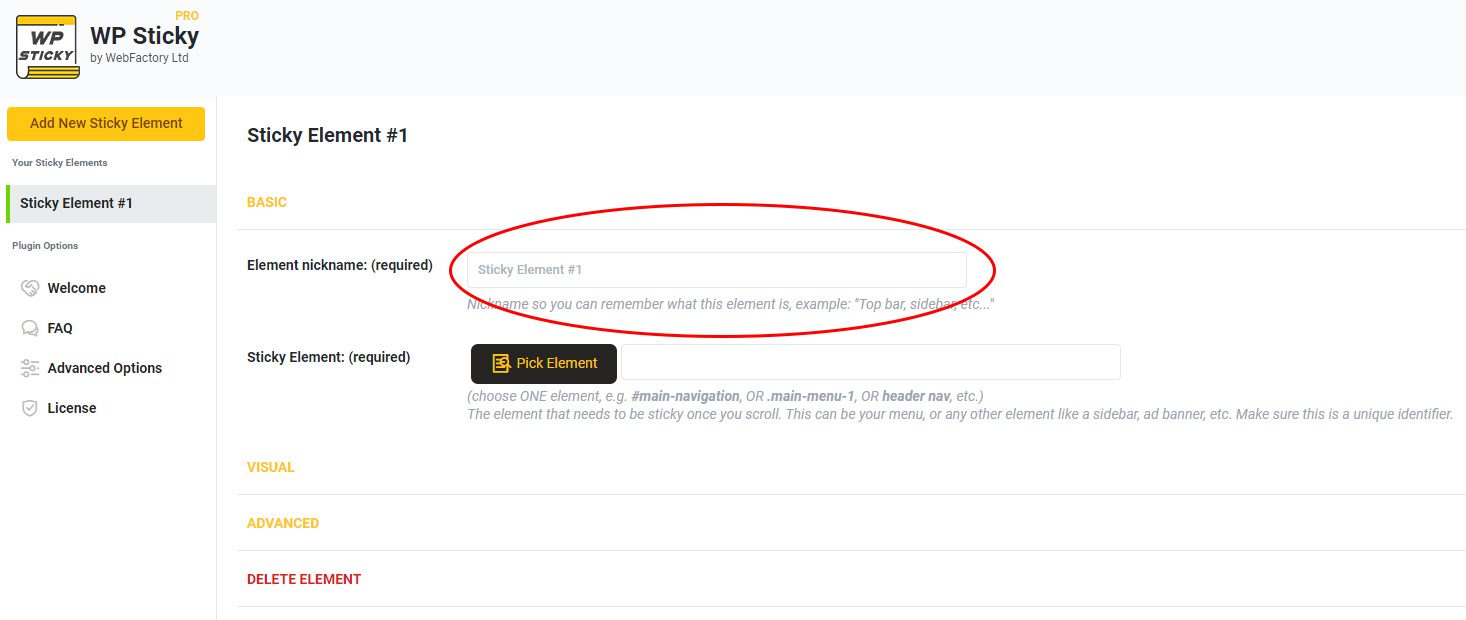
Conclusion: Embracing Sticky Designs
In conclusion, sticky elements represent a vital aspect of modern web design, enhancing user experience across diverse interfaces. By keeping critical navigation and information in constant view, these elements help mitigate usability challenges in lengthy pages. As illustrated through various snippets, incorporating sticky features can simplify navigation, maintain user engagement, and showcase important details without overwhelming the viewer. Whether it’s a sticky header, a sidebar, or an interactive video, these design techniques can be seamlessly integrated into almost any web presentation.
Moreover, the versatility of sticky designs allows for creativity and customization tailored to specific audience needs. Here’s a summary of the key benefits of implementing sticky elements:
– **Enhanced Navigation:** Ensures users can access menus and important links without scrolling back to the top.
– **Increased Engagement:** Keeps content, such as videos or ads, visible, encouraging interaction.
– **User-Friendly Design:** Improves overall accessibility and usability, particularly on lengthy pages.
– **Creative Customization:** Offers a variety of design options that can be adapted to fit different website themes.
Final Thoughts on Sticky Elements
As we wrap up, it’s evident that the use of sticky design elements is far from limited. They can be creatively employed in various contexts and applications beyond the traditional headers and footers. From enhancing the readability of lengthy tables to keeping vital product information accessible, sticky elements can significantly boost the overall experience for users. The easy integration of CSS and JavaScript in these designs further empowers web developers to craft responsive and engaging pages that cater to an audience’s needs.
Ultimately, it’s about finding the right balance between aesthetics and functionality. When applied correctly, sticky features not only improve navigation but also enrich the user’s interaction with the content. Here are a few takeaways to consider:
– **Innovative User Interfaces:** Utilize sticky components to maintain user attention and interaction.
– **Responsive Adaptation:** Ensure that sticky designs work effectively across devices, optimizing for both desktop and mobile experiences.
– **Empowered Development:** Leverage the power of CSS for simpler implementations, using JavaScript where complex interactions are required.
By experimenting with these sticky designs, you’ll find new ways to engage and inform your website visitors!

